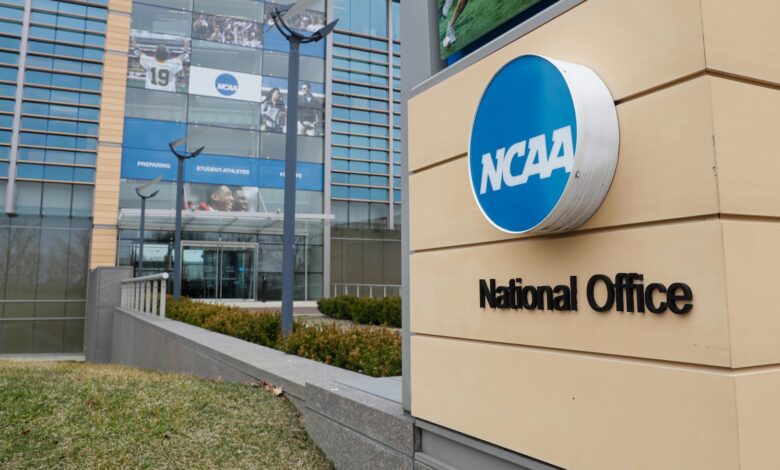Judge approves $2.8B settlement, paving way for US colleges to pay athletes millions

The landscape of college sports is undergoing a monumental shift as a federal judge has approved one of the most significant changes in the history of the industry. This decision paves the way for colleges to start paying their athletes millions of dollars, marking the end of the long-standing amateur model that has defined college sports for over a century.
The ruling, which stems from a lawsuit filed by Arizona State swimmer Grant House, allows schools to share up to $20.5 million with athletes over the next year and $2.7 billion over the next decade with former players who were previously excluded from revenue sharing. This move acknowledges the critical role that athletes play in generating billions of dollars in revenue for college sports, particularly through football and basketball.
The impact of this decision is far-reaching, affecting nearly 500,000 athletes across 1,100 NCAA member schools. It signals a shift towards the professionalization of college athletics, with increased focus on recruiting top talent and the potential for schools to streamline their programs. The agreement also places more oversight in the hands of the four major conferences – ACC, Big Ten, Big 12, and SEC – reducing the NCAA’s control over key decisions.
While the ruling represents a significant win for many athletes, there are also concerns about the potential implications for walk-on and partial scholarship athletes who may lose their spots on teams. The future of Olympic sports, which serve as a crucial pipeline for U.S. teams, also remains uncertain.
Despite the positive outcomes for some athletes, there are lingering challenges, including the need for federal legislation to ensure consistency in NIL regulations across states. NCAA President Charlie Baker has advocated for unified rules and antitrust protection to safeguard the new model from future disruptions.
In conclusion, the approval of this groundbreaking settlement marks a pivotal moment in the evolution of college sports. While there are winners and losers in this new era, the focus remains on providing athletes with fair compensation for their contributions to the industry. As college sports continue to evolve, the need for clear guidelines and protections for athletes will be paramount.





